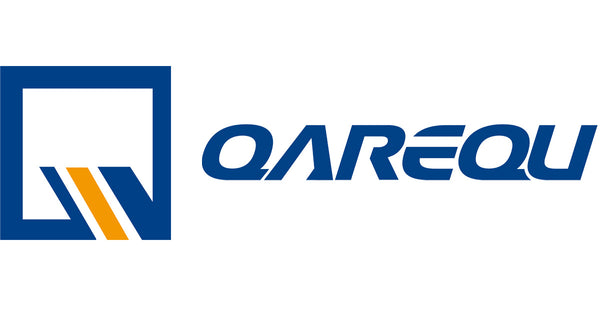Antenna Gain: Antenna Signal Radiation Quality
Share
Antenna Gain is used to measures how well an antenna can focus radio frequency (RF) energy in a specific direction. It's a combination of an antenna's directivity and radiation efficiency.
Measurement Unit Of Antenna Gain
Antenna Gain is usually measured in dBi (Decibels relative to Isotropic), where decibel (dB) is used to express the ratio of two physical quantities such as power, sound intensity, sound pressure, voltage. dB is not a reference but a method and measurement standard, it has to be referenced to something else to provide meaningful measurement like dBi, dBd, dBm.
The "i" after "dB" refers to isotropic antenna, a theoretical antenna that radiates power equally in all directions (0 dBi).
Range And Coverage Consideration
The Gain (dBi) can affect antenna operates, a higher Gain means a stronger signal, however, when antenna Gain is increased, the angle it can transmitted/ received is reduced. For example, low gain antenna (2 dBi) have a broad radiation pattern and best for urban environment, signal is less likely to be blocked. Medium gain antenna (5 dBi and 6 dBi) have a more rounded and broader pattern.
For omnidirectional antennas, typical gain range is 2 to 9 dBi, with 5 to 7 dBi considered good for balancing range and coverage. Higher gains of 8 to 9 dBi can offer more range but might reduce vertical coverage.
